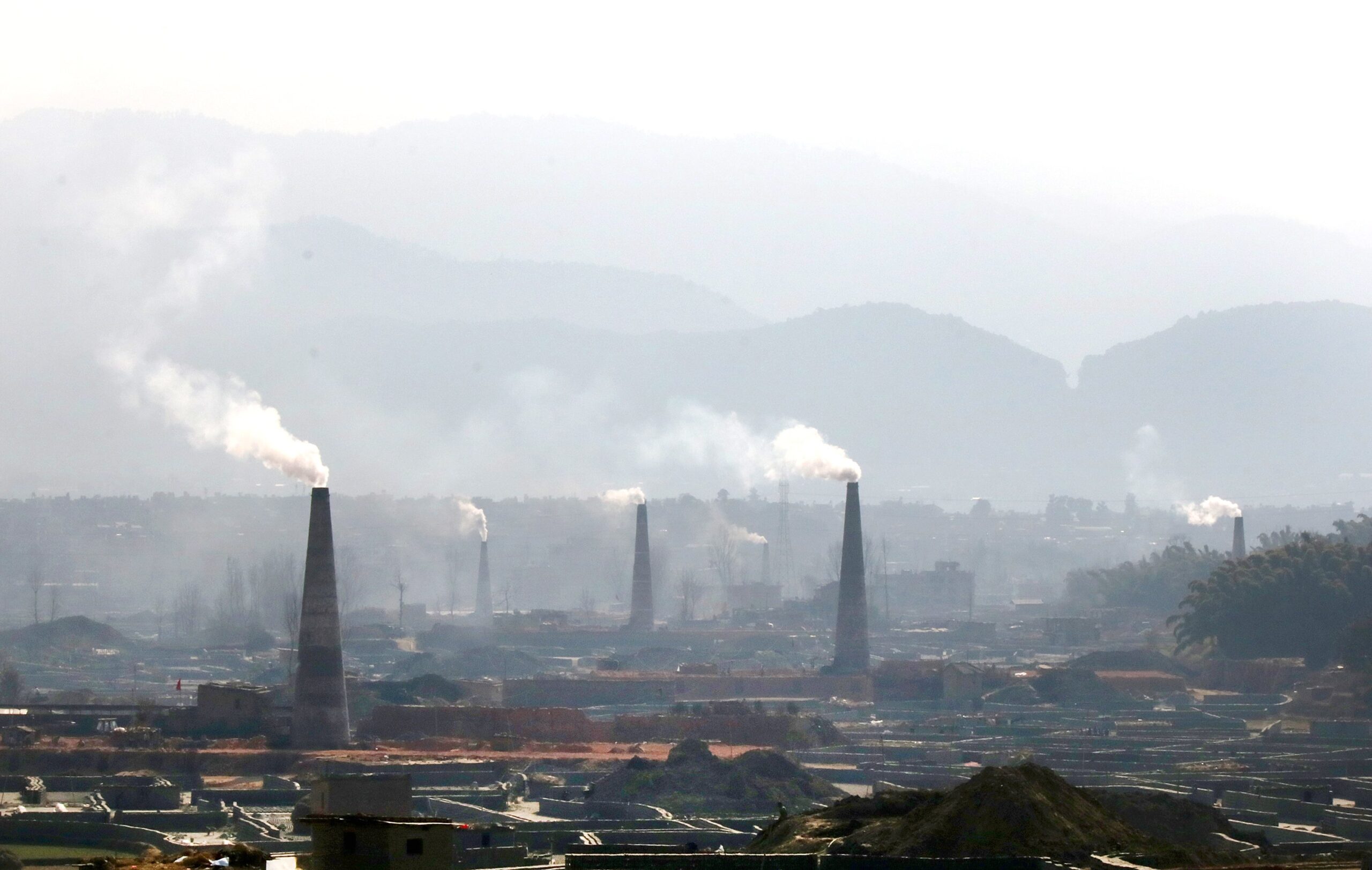If Nepal does not solve this problem soon, then there will be a big problem.
Nepal’s new challenge which has increased the tension of the whole country. If Nepal does not solve this problem soon, then there will be a big problem. Nepal faces a new challenge with rising air pollution while a rising sum of money is yet unused for improved air quality. Nepal faces a new challenge with rising air pollution creating a barrier to the sustainable development of the country. The environment of the nation has been permanently impacted by years of unchecked population development, an increase in air pollution sources, and a lack of strict environmental rules and implementation.
Nepalese inhabitants are at risk for a number of health issues
A State of Global Air (SoGA) study from 2020 ranked Nepal second among the top 10 nations with the highest population-weighted fine particulate matter (PM) 2.5 annual average value. Due to the rising air pollution, Nepalese inhabitants are at risk for a number of health issues.
A thorough analysis of the levels and trends in air quality and health for every nation in the world is compiled in the State of Global Air report and interactive website.
They are a source of unbiased, accurate, and comparative information about air quality, rising air pollution, and are generated annually by the Health Effects Institute and the Global Burden of Disease (GBD) project of the Institute for Health Metrics and Evaluation (IHME).
In 2019 rising air pollution was also one of the main causes of premature deaths in Nepal, according to the SoGA data, accounting for close to 22% of all fatalities. 42,115 people died from air pollution in Nepal.
The transportation sector remains the main contributor
One of the main contributors to this rising air pollution remains the transportation sector. According to an action plan by Nepal’s Ministry of Population and Environment, it accounts for 30% of PM 10 emissions.
Euro-III emission regulations must be met by all vehicles, although numerous pre-Euro, Euro I, and Euro II vehicles, as well as older, poorly maintained vehicles, are still in circulation and add to the pollution. Vehicle pollution regulations are based on European emission norms.
The pollution control fee in Nepal has been piling up
According to a report by The Himalayan, an English-language newspaper in the nation, Nepal’s current Finance Act imposes a pollution control levy of 1.50 Nepali rupees (NPR) per litre on gasoline or diesel sold within the nation and has done so since 2008.
According to the Office of the Auditor General’s (OAG) 59th annual report, between 2008 and 2020, this pollution control fee generated revenues of 943 crore NPR and 338 crore NPR, respectively.
The increasing sum of money through this particular fee collection has remained unspent whereas the fee was levied in order to use the money for initiatives to reduce air pollution in the Kathmandu Valley and other populated areas.
Environmentalists have encouraged the government to use the accrued money
The federal government has been asked to take action by allocating money from the pollution charge levy received from the sale of gasoline and diesel to local governments, which play a significant role in reducing air pollution.
Environmentalists have encouraged the government to use the accrued money, which amounts to billions of rupees. Further according to reports the government suggested a decision-support system for managing air quality.
The creation of an environment friendly and sustainable transportation system. Potential policy and legal frameworks, and the ministry’s unused budget could be used to increase and improve air quality monitoring and lower transportation emissions to tackle the rising air pollution.
- जब चाँद होगा लाल: रहस्य, विज्ञान और अंधविश्वास का सच (ब्लड मून 2025)

- How One Scientist’s Radioactive Discoveries Sparked a Double Nobel Triumph

- IIT Delhi’s Rural Technologies Going Intercontinental
